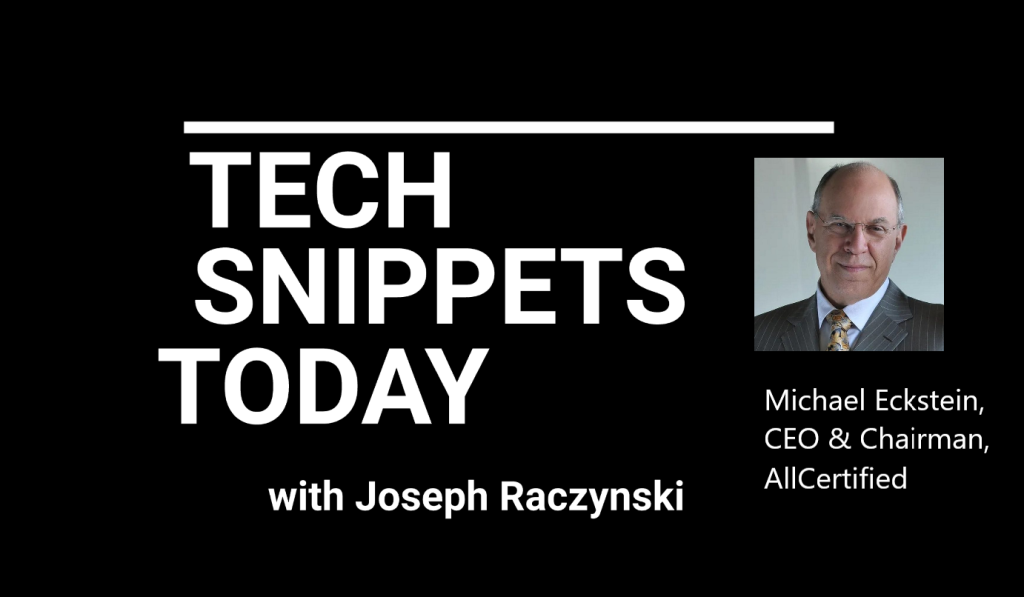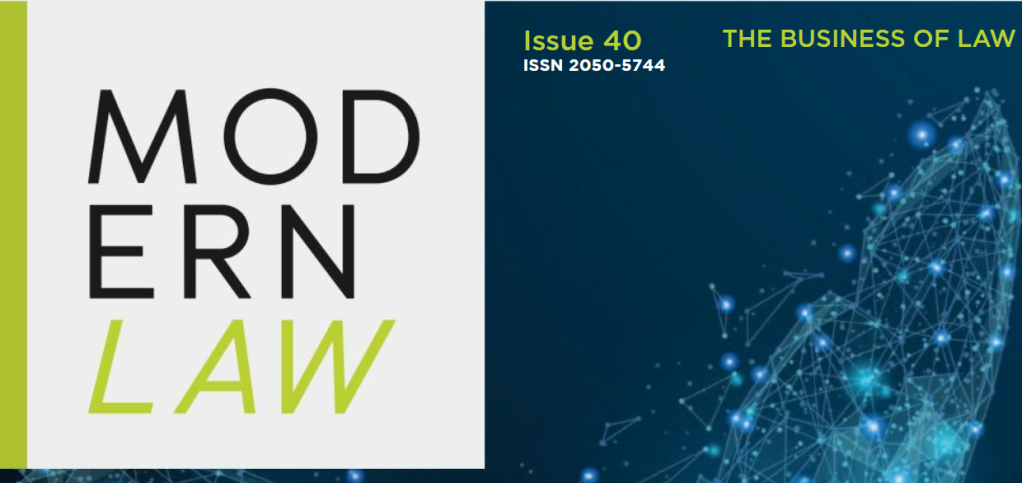Tag: LegalTech
-

Tech Snippets Today – AllCertified – Michael Eckstein – CEO & Chairman, with Joseph Raczynski
This is my discussion with Michael Eckstein, CEO and Chairman of AllCertified. We get into all things about NFTs and the cetification of art, collectables and eventually all digital assets. AllCertified is a visionary group of NFT gurus, experienced fintech programmers, cryptocurrency miners, and industry-leading copyright and trademark IP lawyers with deep contacts in the…
-

Modern Law Magazine: Embarking on an Era of Abundance in the Legal Industry
Here is my latest post from Modern Law Magazine. By Joseph Raczynski Over the course of the next five years, the legal industry will be flush with opportunity. While much of the rote legal work will be done by automation, producing a period of interstitial angst at law firms, burgeoning areas of technology necessitating legal…
